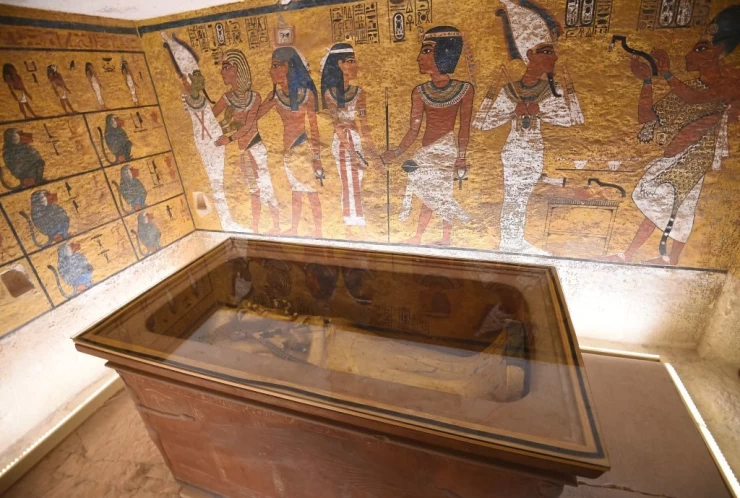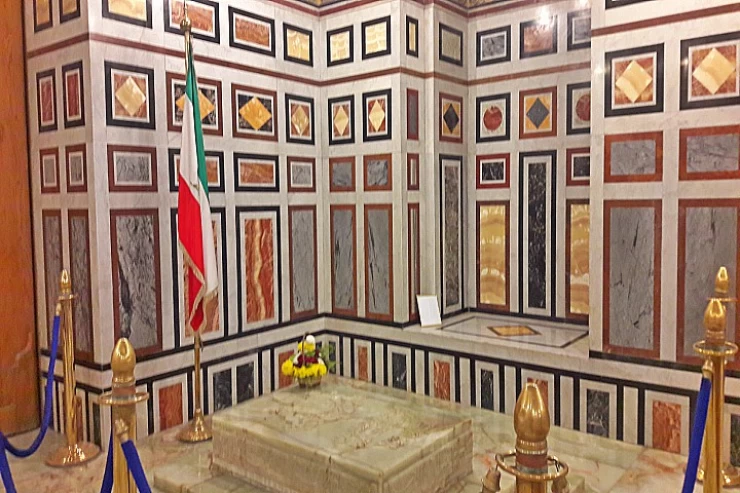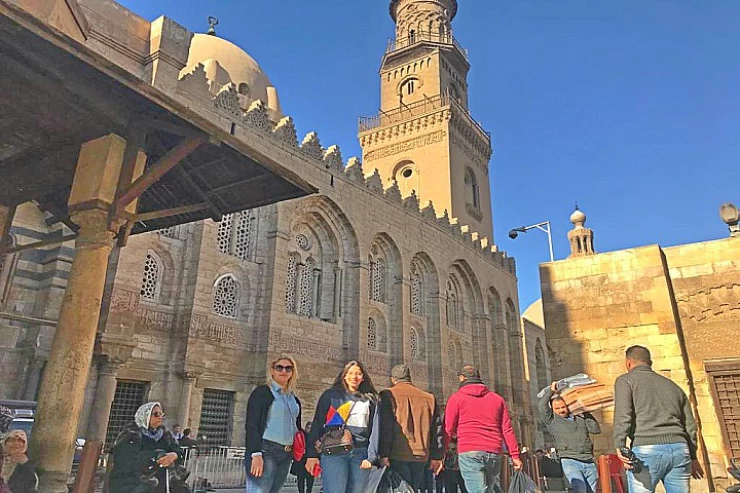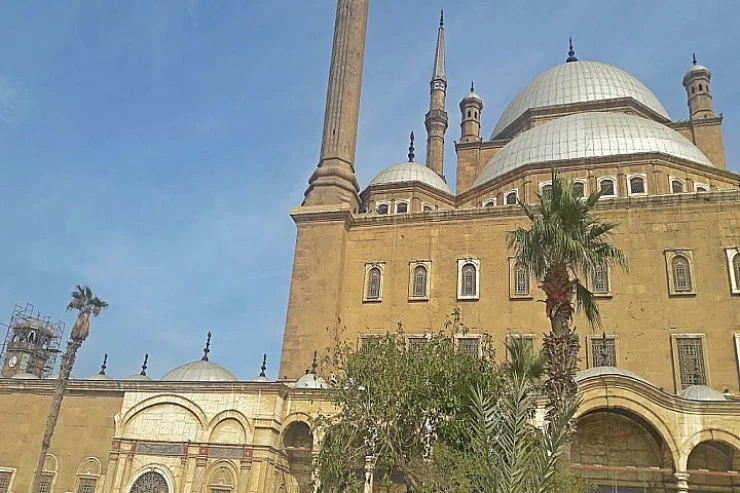
The Islamic conquest of Egypt and the beginning of the Islamic era
The Islamic conquest of Egypt
Amr ibn al-As's forces, during the Islamic Conquest of Egypt, managed to capture Fort Babylon after about seven months of siege on 18 Rabi al-Thani 20 AH, which signified the introduction of Islam into Egypt and this fortress, considered a historic one in the city of Cairo, is situated in the old capital of Cairo in Egypt towards the rear of the Coptic Museum.
On 16 April 641, the Babylonian fortress fell in the hands of Amr ibn al-Aas, thus declaring the end of the last Byzantine bastion and the onset of the Arab Islamic expansion into Egypt.
Fort Babylon This is an ancient fort situated in Cairo, Egypt, more precisely in Old Cairo area adjacent to the Coptic Museum. The fort is one of the formidable strongholds which testifies to the Roman civilization that flourished in Egypt, and perhaps one of the most, if not the most, complex forts built by the empire, it is also the core around which city of Fustat and eventually, Cairo were established in the later half of the 6th century BC, and the reason why the fort is called thus is because there is a citadel close by known as the gate of babylon.
Amr ibn al-'As did not want to scatter his forces and weaken them, leaving part of them to siege the fortress and the other part to march north as far as Alexandria, which would endanger the achievements he had made until then by the reaction of the Byzantines, who would take advantage of this opportunity to make retrograde movements to regain their lost territories and expel the Muslims from Egypt, so he concentrated his military efforts on conquering the fortress. Therefore, he focused his military efforts on conquering the fortress after a seven-month siege, and after the fall of Babylon Fortress to the Muslims, al-Maqoukis asked for reconciliation.
According to historical references, they fought him in a fierce battle that lasted about 3 months, and when the conquest was not possible, he sent to ‘Amr ibn al-’As with an army of 4,000 fighters, so he sent Zubayr after him in twelve thousand and witnessed the conquest with him.


















